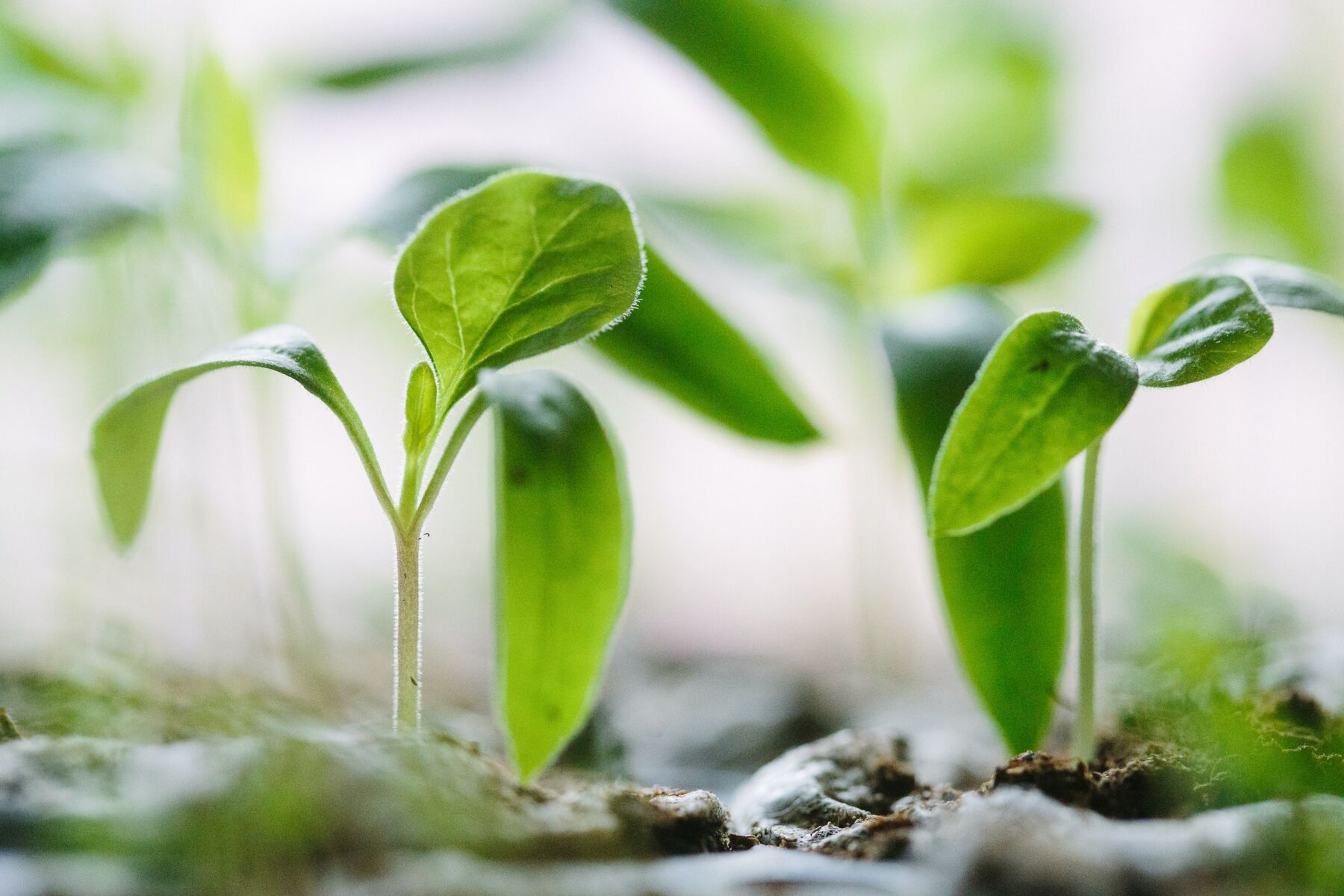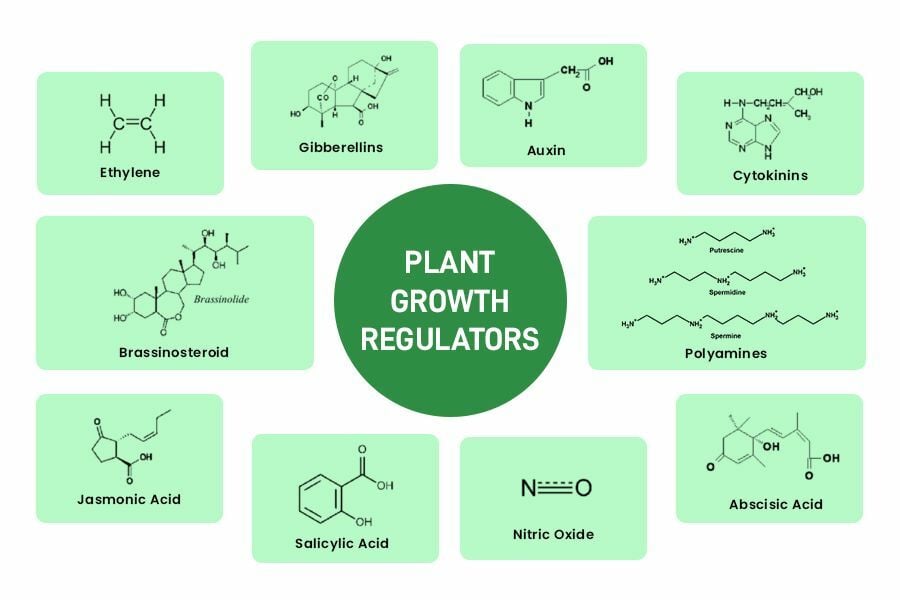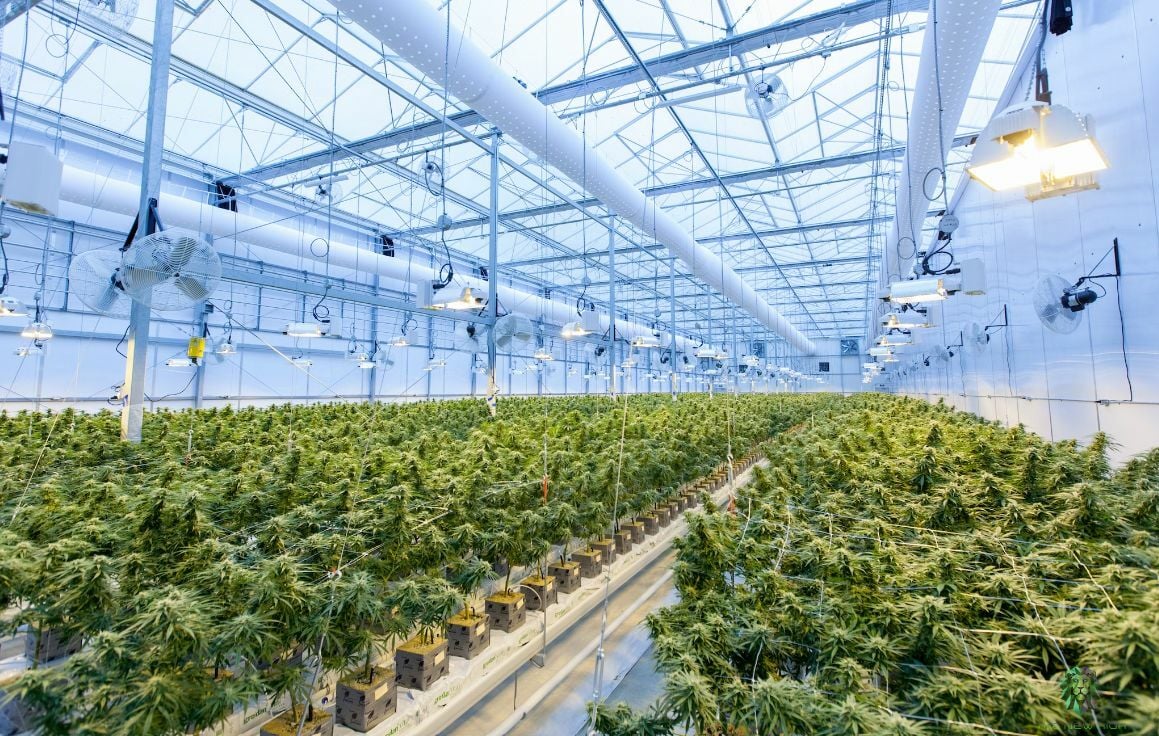Uncovering the controversial world of Plant Growth Regulators

The use of Plant Growth Regulators (PGRs) in agriculture and horticulture has become more controversial in recent years. Because of the possible effects that these chemicals may have on crops, human health, and the environment, there has been much discussion about these substances, which are intended to alter plant growth and appearance.
What are Plant Growth Regulators (PGRs)?
Plant Growth Regulators, commonly referred to as PGRs, are synthetic chemicals or natural substances that can influence plant growth and development. These compounds can be used to manipulate plant height, shape, flowering, fruiting, and overall appearance. PGRs are employed in a variety of agricultural and horticultural practices to increase crop yields, enhance aesthetic qualities, or improve shelf life.

However, not every PGR is made equally. While synthetic PGRs are designed to give more exact control over plant development, certain naturally occurring PGRs are used in various forms to increase agricultural productivity. The usage of synthetic PGRs in many agricultural sectors is the main topic of contention.
The Controversy Surrounding PGRs
Even while PGRs can have advantages like higher agricultural yields and more attractive ornamental plants, there are serious ethical issues with their usage. The possible effects on human health are one important concern. Consumer health may be at risk if PGRs are used excessively or improperly, as this might leave residues on edible crops. Because PGR residues may seep into soil and water systems, influencing not only plant development but also the surrounding ecology, these chemicals have also been connected to environmental damage.

Concerns about the safety and quality of the impacted plants have also been raised by the PGR-induced abnormal growth patterns. For example, the application of PGRs in cannabis growth has resulted in the creation of cannabis buds that are unusually thick and compact. Regulators and customers often get concerned about the plant’s general safety and attractiveness due to such changed growth.
Regulation and Consumer Awareness
Because of the controversy surrounding PGRs, regulatory agencies across the world have set restrictions and rules for using them in agriculture. But keeping an eye on and upholding these laws may be difficult, particularly when it comes to imported goods.
To resolve the PGR dispute, increasing consumer knowledge is essential. People are urged to keep themselves aware of the probable dangers of eating produce that has been PGR-treated and, if at all feasible, to choose organic or organically grown foods and cannabis. In many nations, PGR usage on products is required to be disclosed on labels so that customers may make educated decisions.

PGRs are a topic of ongoing debate among stakeholders from a variety of industries. Topics covered include advantages, disadvantages, and cannabis laws. PGR usage in agriculture and horticulture is still controversial, thus producers, consumers, and regulators are all urged to take caution and encourage openness in this regard.
The difference between PGR and regular cannabis
The main differences between PGR cannabis and typical, naturally grown cannabis are found in the ways that they are cultivated and the qualities that emerge from them. As the name implies, PGR cannabis is grown with the help of chemical substances called Plant development Regulators, which are intended to control the development and appearance of plants. These growth regulators are used to produce dense buds by achieving particular growth traits including compactness and stiffness. Regularly cultivated cannabis, on the other hand, depends on organic development processes without the use of these drugs, giving it a more conventional and open structure.
The safety of consuming PGR cannabis is one of the main issues surrounding it. Concerns concerning possible chemical residues in the finished product have been raised by the usage of PGRs. Regular, organically cultivated cannabis is preferred by many customers because they believe it to be safer and to have no possible dangerous leftovers. In addition, opinions on the quality and strength of PGR-treated cannabis vary; some think it may be weaker than organically cultivated strains in terms of flavour and potency.

Regular cannabis grows naturally, complying with its DNA composition and surroundings, while PGR cannabis goes through artificial manipulation to acquire particular growth characteristics. While ordinary cannabis is grown using more conventional and natural ways, PGR cannabis may require the use of extra chemicals and cultivation techniques. Generally, personal preferences, safety concerns, and the desire for a more genuine and natural cannabis experience are the main factors that influence the decision between PGR cannabis and normal cannabis.
As the use of PGRs remains a contentious issue, consumers, producers, and regulators alike are encouraged to exercise caution and promote transparency in the use of these chemicals in agriculture and horticulture. As our understanding of PGRs deepens, it is vital to strike a balance between achieving desirable outcomes and safeguarding human health and the environment.
Having difficulty in deciding which strain to use? You can find out how to find the right cannabis strain for you HERE!
Latest Thailand News
Follow The Thaiger on Google News:


























